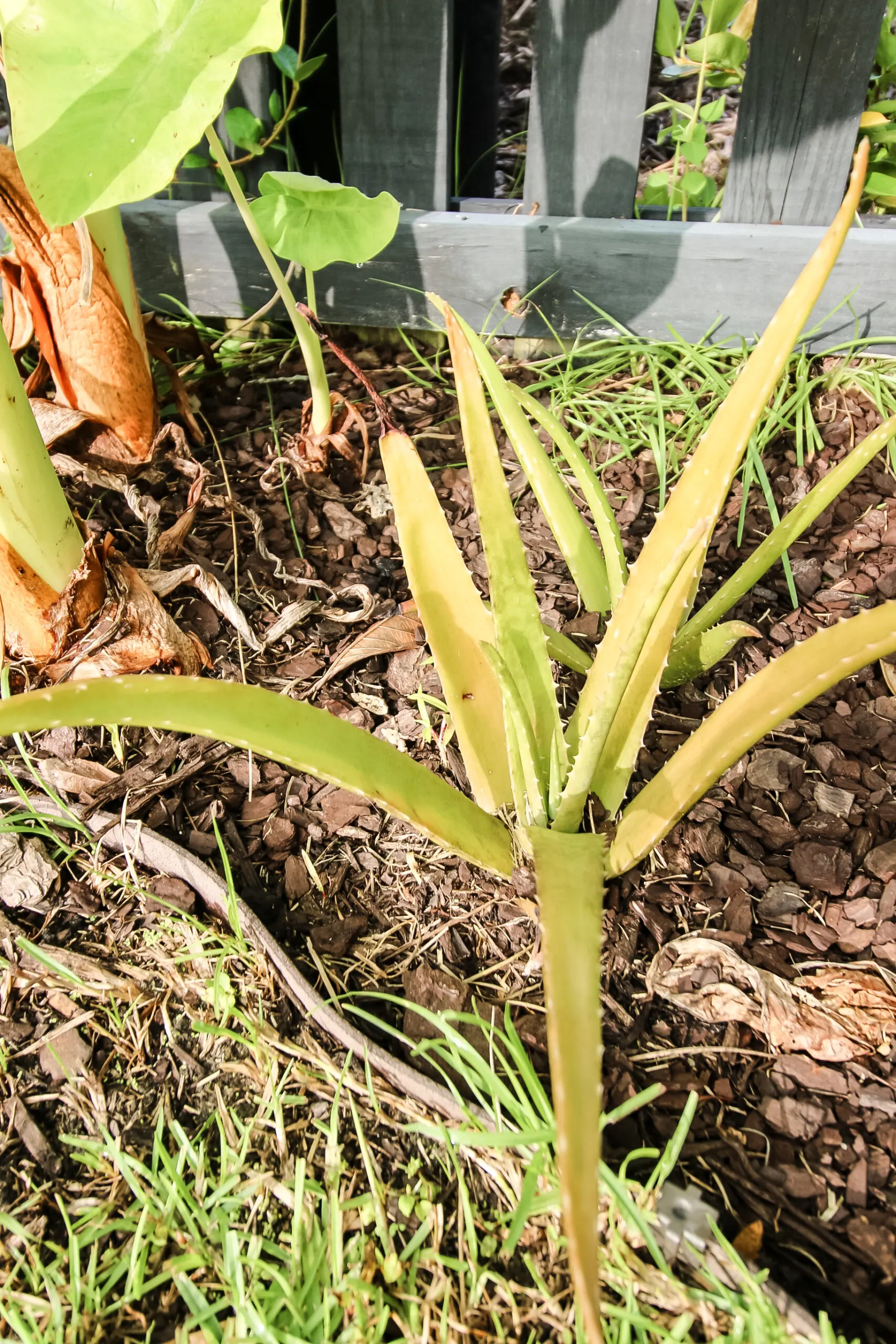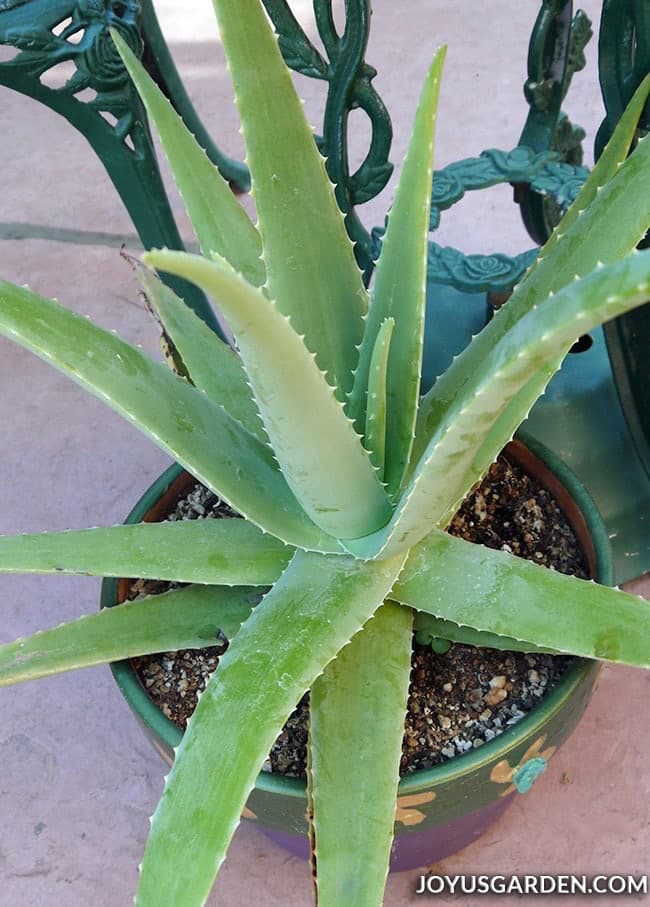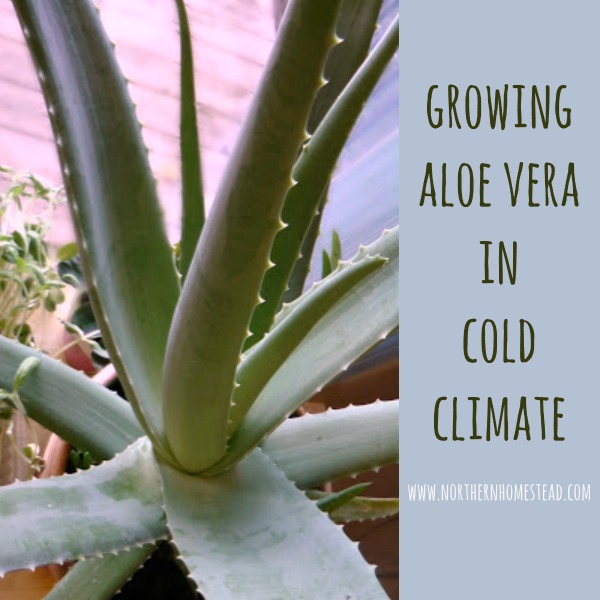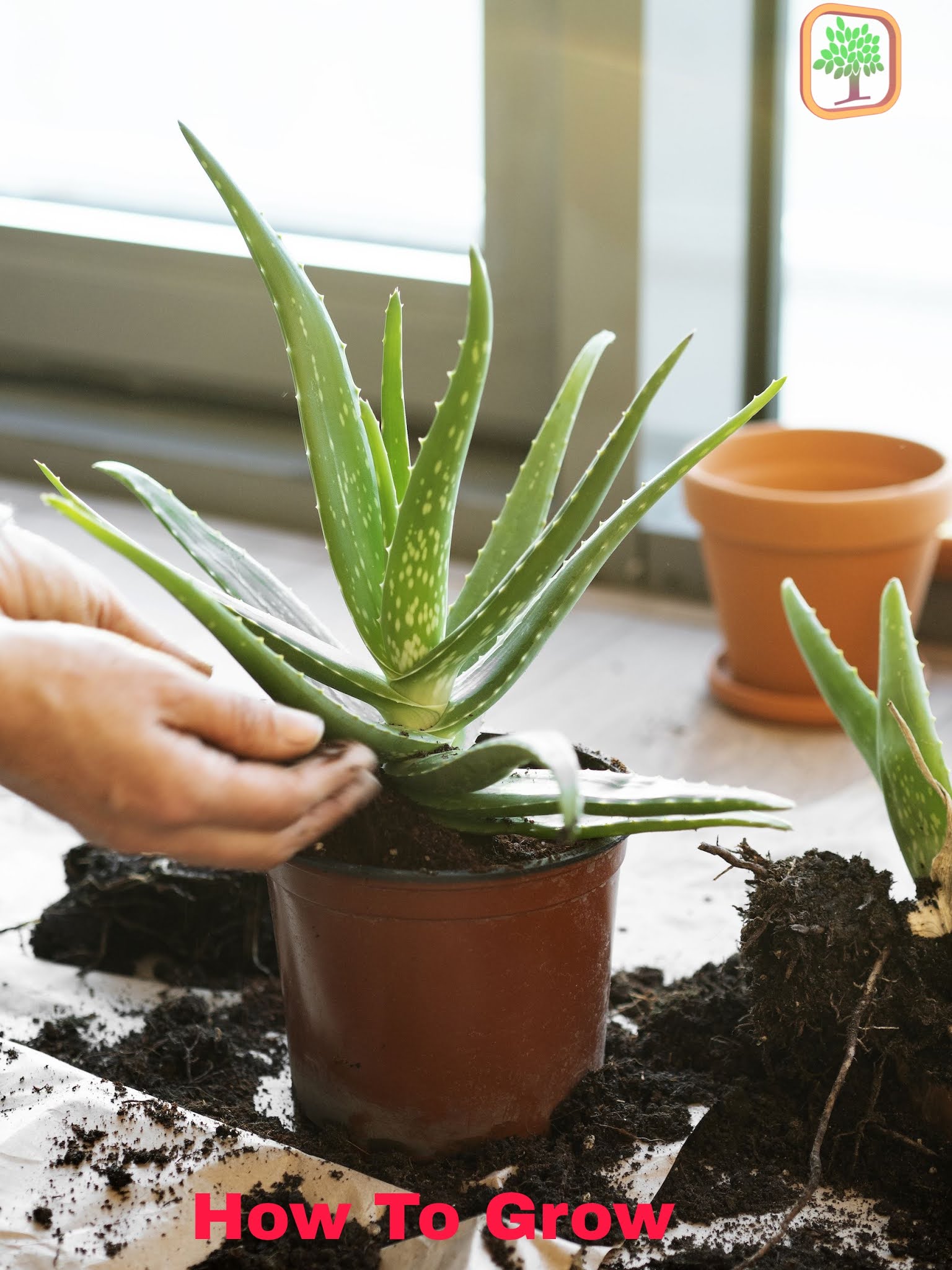Why Aloe Vera Plants Need Extra Care in Winter
Aloe vera plants are more susceptible to damage during the winter months due to cold temperatures, dry air, and reduced light. These factors can cause the plant’s leaves to become soft and mushy, making them more prone to disease and pests. In addition, the dry air can cause the plant to lose moisture quickly, leading to dehydration and further stress. To prevent this, it’s essential to learn how to protect aloe vera plant in winter by providing the necessary care and attention. By understanding the specific challenges that aloe vera plants face during the winter, you can take proactive steps to ensure their survival and keep them healthy until the warmer months return.
Preparing Your Aloe Vera for the Cold Season
Before the winter months arrive, it’s essential to prepare your aloe vera plant for the cold season. Pruning and repotting are two crucial steps in this process. Pruning helps to remove any dead or damaged leaves, which can prevent the spread of disease and encourage healthy growth. To prune your aloe vera, simply remove any dead or damaged leaves with a pair of clean scissors or pruning shears. Make sure to disinfect your tools between cuts to prevent the spread of disease. Repotting, on the other hand, gives the roots of your aloe vera plant more room to grow and can help to refresh the soil. Choose a pot that is only slightly larger than the previous one, and use a well-draining potting mix to prevent waterlogged soil. By pruning and repotting your aloe vera plant before winter, you can help to ensure its survival and promote healthy growth. This is especially important when learning how to protect aloe vera plant in winter, as it can make all the difference in the plant’s ability to thrive.
How to Insulate and Protect Your Aloe Vera from Frost
Frost can be devastating to aloe vera plants, causing damage to the leaves and roots. To prevent this, it’s essential to insulate and protect your aloe vera plant from frost. One of the most effective ways to do this is to bring your plant indoors before the first frost. Choose a location with bright, indirect light and maintain a consistent temperature between 50-60°F (10-15°C). If bringing your plant indoors isn’t possible, you can use frost cloths or blankets to cover the plant. These breathable fabrics allow for airflow while keeping the cold air out. Mulching is another effective method for protecting your aloe vera plant from frost. Apply a thick layer of organic mulch, such as straw or bark chips, around the base of the plant. This will help to insulate the roots and keep the soil from freezing. By taking these steps, you can learn how to protect aloe vera plant in winter and ensure its survival until the warmer months return.
The Importance of Humidity and Moisture Control
Maintaining optimal humidity and moisture levels is crucial for aloe vera plants during winter. Dry air can cause the leaves to become brittle and prone to cracking, while overwatering can lead to root rot. To combat dry air, consider using a humidifier in the room where your aloe vera plant is located. This will help to maintain a humidity level between 40-50%, which is ideal for aloe vera plants. You can also use misting systems to provide an extra boost of moisture. When it comes to watering, it’s essential to reduce the frequency during winter. Aloe vera plants require less moisture when they’re not actively growing, so limit watering to once every 4-6 weeks. Make sure to check the soil moisture by sticking your finger into the soil up to the first knuckle. If the soil feels dry, it’s time to water. By controlling humidity and moisture levels, you can learn how to protect aloe vera plant in winter and ensure its survival until the warmer months return.
Reducing Watering and Fertilization in Winter
During the winter months, aloe vera plants require less water and nutrients. Overwatering can lead to root rot, while excessive fertilization can cause the plant to become leggy and weak. To protect your aloe vera plant in winter, it’s essential to adjust your watering and fertilization schedule. Water your aloe vera plant only when the soil feels dry to the touch, usually every 4-6 weeks. Avoid getting water on the leaves to prevent fungal diseases. When it comes to fertilization, skip it altogether during the winter. Aloe vera plants are dormant during this time and don’t require the extra nutrients. By reducing watering and fertilization, you can help your aloe vera plant conserve energy and survive the cold winter months. Remember, learning how to protect aloe vera plant in winter is crucial for its survival, and adjusting your watering and fertilization schedule is a critical step in this process.
Monitoring for Pests and Diseases in Winter
During the winter months, aloe vera plants are more susceptible to pests and diseases due to the cooler temperatures and reduced light. It’s essential to monitor your plants regularly to catch any issues early on. Check your plants for signs of mealybugs, spider mites, and scale, which can cause damage to the leaves and stems. Inspect the roots for signs of root rot, which can be caused by overwatering. To prevent pests and diseases, maintain good air circulation around your plants, and avoid getting water on the leaves. If you do notice any issues, treat your plants promptly with insecticidal soap or fungicides. By monitoring your aloe vera plants for pests and diseases, you can learn how to protect aloe vera plant in winter and ensure its survival until the warmer months return. Regular monitoring can help prevent infestations and infections, and keep your plants healthy and thriving.
Using Grow Lights to Supplement Natural Light
During the winter months, aloe vera plants may not receive enough natural light, which can lead to weak and leggy growth. To combat this, consider using grow lights to supplement the natural light. Grow lights can provide the necessary spectrum and intensity of light that aloe vera plants need to thrive. When choosing a grow light, look for one that emits a balanced spectrum of blue, red, and green light, which mimics natural sunlight. Place the grow light 6-8 inches above the plant and adjust the duration and intensity of the light based on the plant’s needs. For example, aloe vera plants require 12-14 hours of light per day during the winter months. By using grow lights, you can learn how to protect aloe vera plant in winter and ensure it receives the necessary light to stay healthy and strong. Additionally, grow lights can help promote healthy growth and prevent stretching or etiolation.
Bringing Your Aloe Vera Back to Life After Winter
After a long winter, aloe vera plants may look a bit worse for wear. To bring them back to life, it’s essential to gradually introduce them to outdoor conditions. Start by moving the plants to a shaded area outdoors for a few hours a day, gradually increasing the duration over the course of a week or two. This will help the plants adjust to the increased light and temperature. Once the plants are acclimated, you can move them to their permanent outdoor location. To promote healthy growth, fertilize the plants with a balanced fertilizer and water them regularly, but avoid overwatering. Prune any dead or damaged leaves to encourage new growth and prevent the spread of disease. By following these tips, you can learn how to protect aloe vera plant in winter and ensure a healthy and thriving plant come springtime. Additionally, consider repotting the plant in fresh, well-draining soil to give it a nutrient boost. With proper care, your aloe vera plant will be back to its best in no time.









